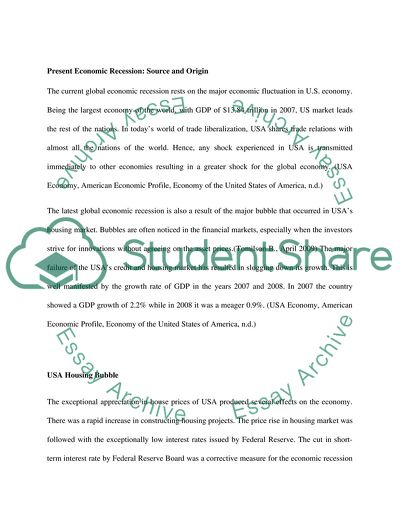Cite this document
(What Caused the Present Economic Recession Case Study, n.d.)
What Caused the Present Economic Recession Case Study. Retrieved from https://studentshare.org/macro-microeconomics/1722892-business-economic
What Caused the Present Economic Recession Case Study. Retrieved from https://studentshare.org/macro-microeconomics/1722892-business-economic
(What Caused the Present Economic Recession Case Study)
What Caused the Present Economic Recession Case Study. https://studentshare.org/macro-microeconomics/1722892-business-economic.
What Caused the Present Economic Recession Case Study. https://studentshare.org/macro-microeconomics/1722892-business-economic.
“What Caused the Present Economic Recession Case Study”, n.d. https://studentshare.org/macro-microeconomics/1722892-business-economic.


